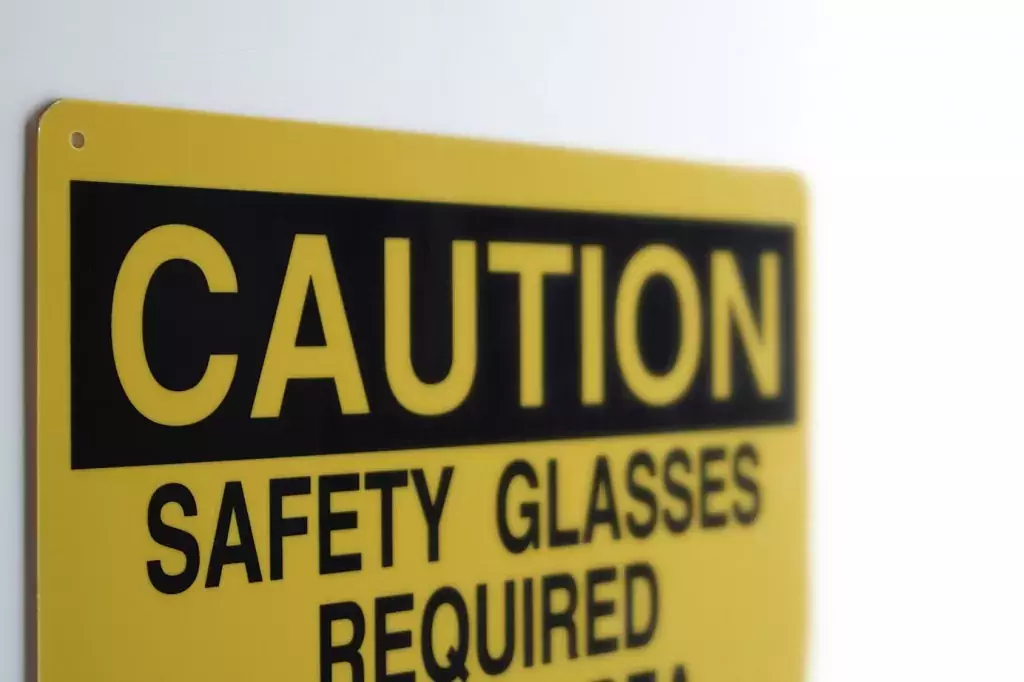 With every new year comes change, and more specifically, changes to the way we view workplace safety standards and regulations. Take OSHA, for example. From limiting the level of crystalline silica exposure to tightening the personal fall protection systems, there are significant changes OSHA are looking to make this year. These changes will undoubtedly affect how companies deal with workplace safety and material handling. Without further ado, let’s get started by reviewing some of these OSHA changes:
With every new year comes change, and more specifically, changes to the way we view workplace safety standards and regulations. Take OSHA, for example. From limiting the level of crystalline silica exposure to tightening the personal fall protection systems, there are significant changes OSHA are looking to make this year. These changes will undoubtedly affect how companies deal with workplace safety and material handling. Without further ado, let’s get started by reviewing some of these OSHA changes:
A Quick Glance into OSHA: The Big Revolution
OSHA was busy in 2015, and now they are on the verge of implementing some major changes. In a statement by OSHA, the new changes will bring the OSHA’s Hazard Communication Standard in alignment with the Globally Harmonized System of Classification and Labeling of Chemicals (GHS).
As the statement reads, “Building on the success of OSHA’s current Hazard Communication Standard, the GHS is expected to prevent injuries and illnesses, save lives and improve trade conditions for chemical manufacturers. If you are involved in an accident go to my blog to hire an injury lawyer. ” Whereas the Hazard Communication Standard of 1983 gave the workers the “right to know”, the GHS now promises workers with the “right to understand.”
One immediate effect of this change is that workplace will be required to update their hazard classification, safety data sheets, and train employees to understand and adhere to the new standards.
Protect Your Employees
Another major change that workplaces need to beware of is that OSHA’s penalties are going up. Although the increase of the penalty remains unknown at this point, OSHA “will be required to issue a one-time catch up adjustment in 2016” under the Bipartisan Budget of 2015, Section 701, “Federal Civil Penalties Inflation Adjustment Act Improvements Act of 2015.”
As they posted on their Administrative Penalty Information Bulletin, “OSHA is implementing several changes to its administrative penalty calculation system.” Final penalties will be issued to employers based on several major factors such as history reduction, repeat violations, and others.
With OSHA updating its penalty system, employers are encouraged more than ever to stay on top of not only informing employees of new safety rules, but also demonstrating managerial commitment by enforcing the rules, documenting workplace injuries, and investigating causes behind each accident.
Careful record-keeping is critical. According to Safety News Alert, OSHA will also begin to “require larger employers to submit electronic versions of their injury and illness logs” and make part of these records public on the Internet. That way, employers will be encouraged to track workplace injuries and illnesses with better diligence and attentiveness.
Food for Thought
We’re about a quarter the way through 2016. It may be a year full of change and safety challenges for those in the material handling industry. One thing to remember, however, is not to be intimidated by OSHA’s recent changes. Safety is and has always been a priority. Focus on what you are already doing, and strive to improve. Remember, cultivating a safe workplace environment is always beneficial to the employees as well as the employers.
